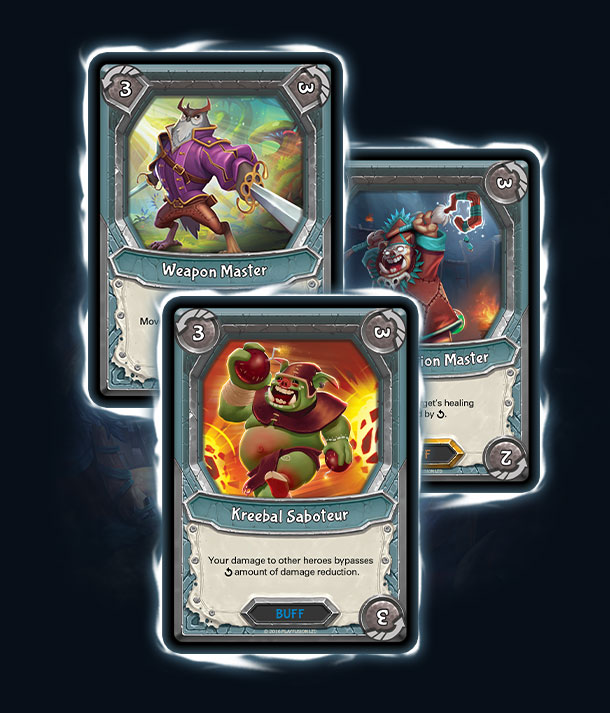Each player needs to bring a total of 36 cards, which must consist of the following:
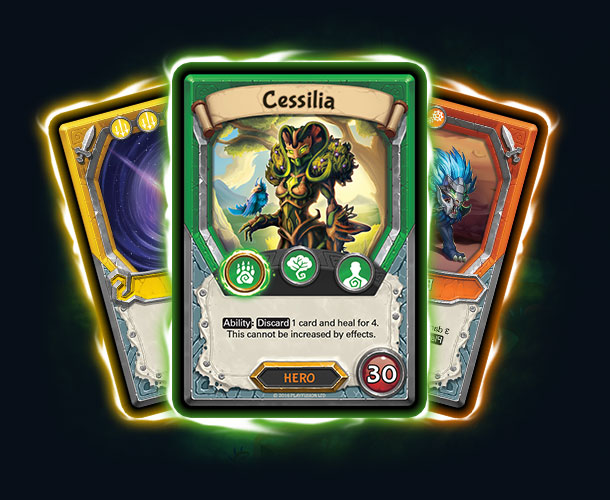
A Hero’s Trait, Health and Superior Elements will greatly influence the cards you choose to build your deck.
Some Heroes have very unique Hero Traits/Abilities and building a deck that plays to that power will usually reward the player.
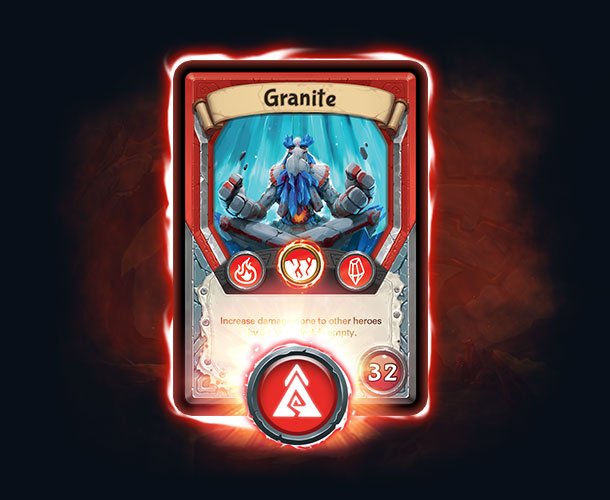
The Actions you can take in a turn are restricted to cards featuring these Elements. Basic Elements are limited to one per turn. Superior Element(s) that are glowing gold on a Hero card (if they have any) are unrestricted and are not to be taken lightly.
For example, if you have Superior Soul, you can use all of your Actions on Soul cards. That allows for card combinations that wouldn’t be possible if you didn’t have Soul as a Superior Element.
Don’t be put off by a Hero with no Superiors, though; they might have a very attractive starting Health value or a potent Trait that makes up for it!
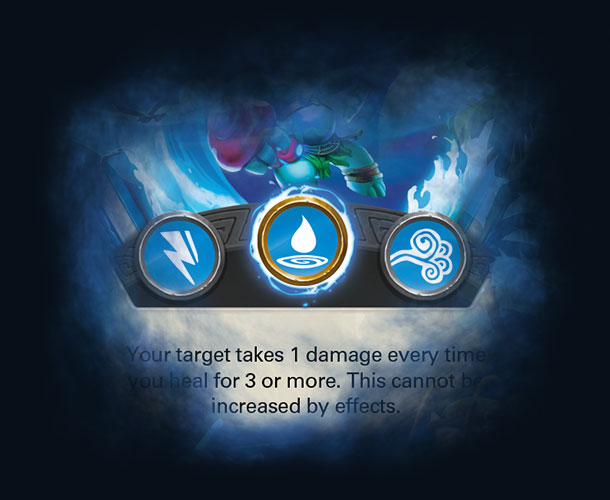
Combos are powerful moves that require other cards to pay for them. Don’t forget this when putting your deck together. If most of your combos feature one Element more than the others, you might want to consider putting more of that Element in the deck, to make it more likely that you can play it reliably.
Alternatively, you might just forgo that and select Combos that share Elements, so they can be used to pay for each other with relative ease!
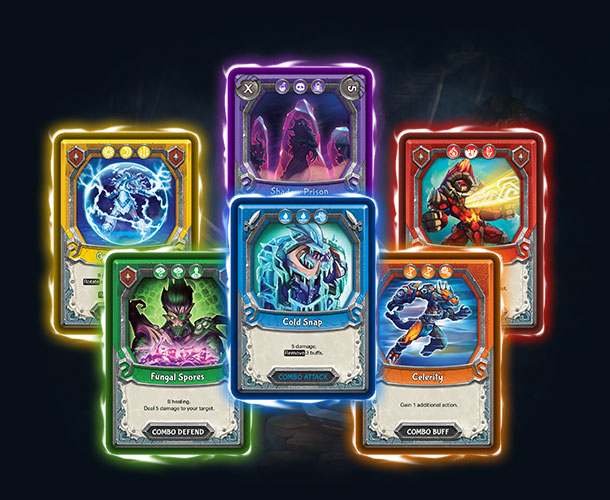
If you’ve seen a card you like the look of, or a powerful “cross-combo” (combo cards that feature two Orders on them), you’ll need to build a deck that unlocks that potential.
To play across Orders, you need to equip an Item card that has access to an Element of that Order. Of course, you need to draw that card, so consider putting multiple copies of that Item in your deck. (Remember, the duplicate Item can still be used as combo payment!)
Or, you may want to use the Unaligned card, “Tantosian Blacksmith”, which (if you draw it!) can allow you to search through your deck for an Item card and equip it immediately.
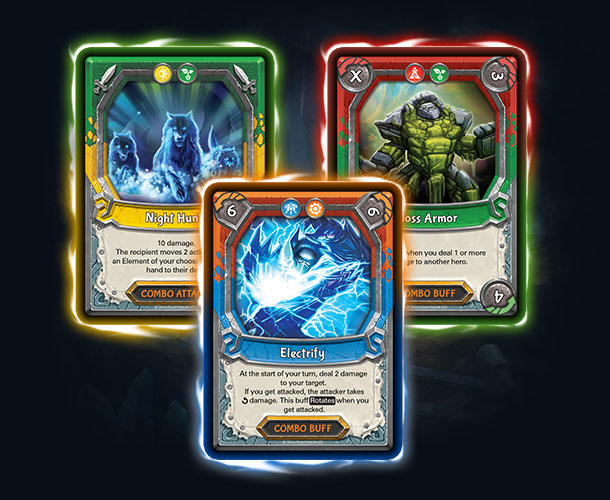
Ultimately, whatever you want to put in your deck is up to you and don’t be afraid to experiment with a variety of different decks! So, to finish, here are a final few points on strategy/deck building:
